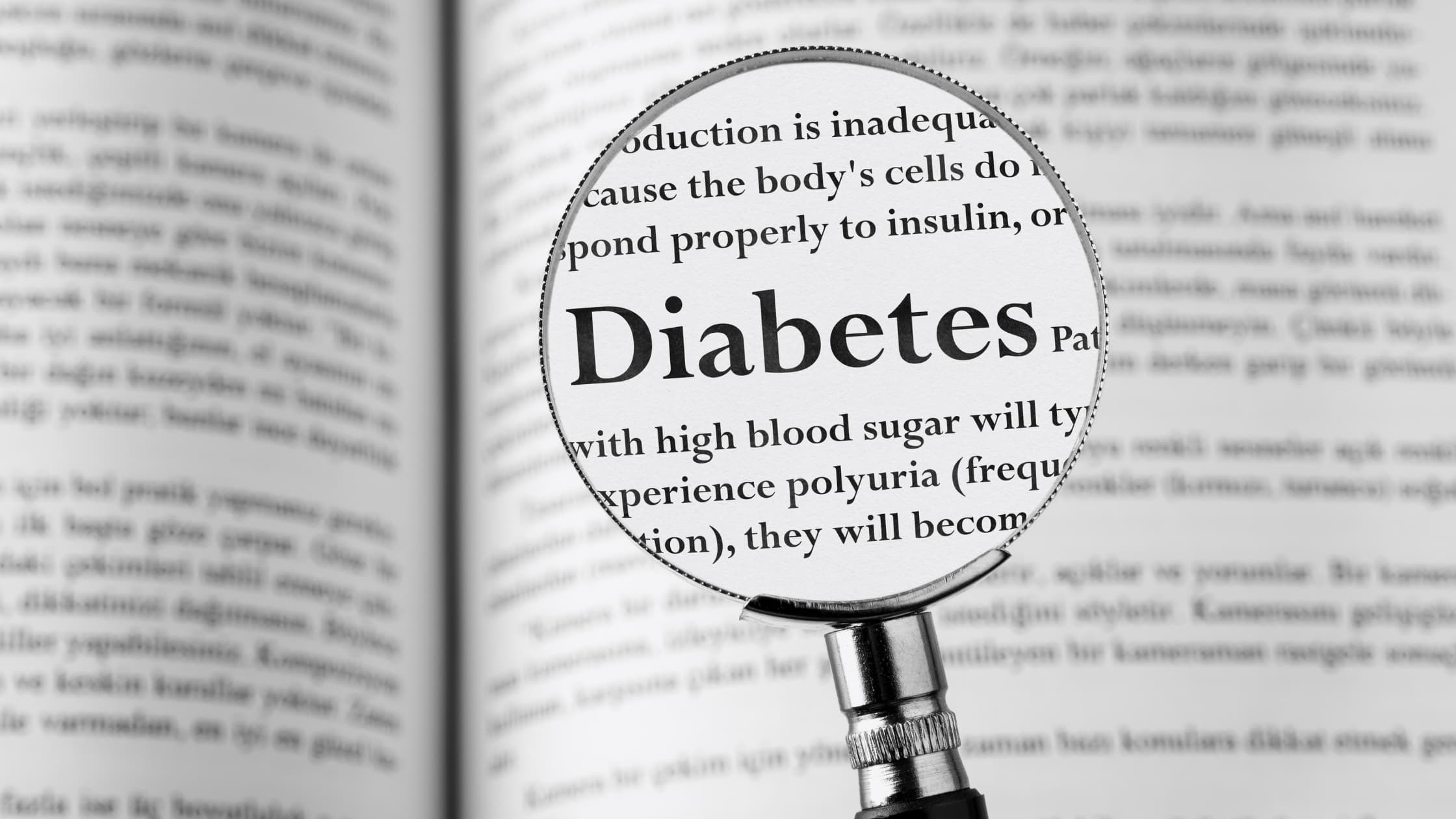Diabetic retinopathy is a diabetes complication that affects the eyes. However, it’s caused by damage to the blood vessels of the light-sensitive tissue at the back of the eye (retina).
There are various causes of diabetic retinopathy, which includes the following:
- High blood sugar due to diabetes: Having too much sugar in your blood can damage your retina. However, the damage to your eyes starts when sugar blocks the tiny blood vessels that go to your retina. Causing them to leak fluid or bleed. Moreso, to make up for these blocked blood vessels, your eyes will grow new blood vessels that don’t work well. Which makes these new blood vessels to leak or bleed easily.
- High sugar glucose level: It can weaken and damage the small blood vessels within the retina. However, this may cause haemorrhages, exudates and even swelling of the retina. Also, it starves the retina of oxygen, and abnormal vessels may grow.
Diagnosis of diabetic retinopathy
- Eye drops will be put in your eye to dilate (widen) your pupil. This allows your ophthalmologist to look through a special lens to see the inside of your eye.
- Your doctor may do fluorescein angiography to see what is happening with your retina. The yellow dye (called fluorescein) is injected into a vein, usually in your arm. This dye travels through your blood vessels. And after a special camera takes photos of the retina as the dye travels throughout its blood vessels. However, this shows if any blood vessels is blocked or leaking fluid. Lastly, It shows if any abnormal blood vessels are growing.
- Optical coherence tomography (OCT) is another way to look closely at the retina. It is a machine that scans the retina and provides detailed images of its thickness. This helps your doctor find and measure the swelling of your macula.
Treatment
Your treatment is based on what your ophthalmologist sees in your eyes. Treatment options may include:
- Medical control: Controlling your blood sugar and blood pressure can stop vision loss. Also, carefully following the diet your nutritionist has recommended. Take medicine your diabetes doctor prescribed for you. Sometimes, good sugar control can even bring some of your vision back. Moreover, controlling your blood pressure keeps your eye’s blood vessels healthy.
- Medicine: One type of medication is called anti-VEGF medication. These include Avastin, Eylea, and Lucentis. Anti-VEGF medication helps to reduce swelling of the macula, slows vision loss and perhaps improve vision. This drug is given by injections (shots) in the eye. Also, steroid medicine is another option to reduce macular swelling. However, this is also given as injections in the eye. Moreso, your doctor will recommend how many injections you will need over time.
- Laser surgery: Laser surgery might be used to help seal off leaking blood vessels. However, this can help reduce swelling of the retina. Moreover, laser surgery can also help shrink blood vessels and prevent them from growing again. Sometimes more than one treatment is needed.
- Vitrectomy: If you have advanced PDR (Proliferative Diabetic Retinopathy), your ophthalmologist may recommend surgery called vitrectomy. However, your ophthalmologist removes vitreous gel and blood from leaking vessels in the back of your eye. This allows light rays to focus properly on the retina again. Scar tissue also might be removed from the retina.
Call us on 0 1484 652670 to book an appointment with us now! Follow us on Facebook and Instagram @oakesopticians for the latest eye health news.

